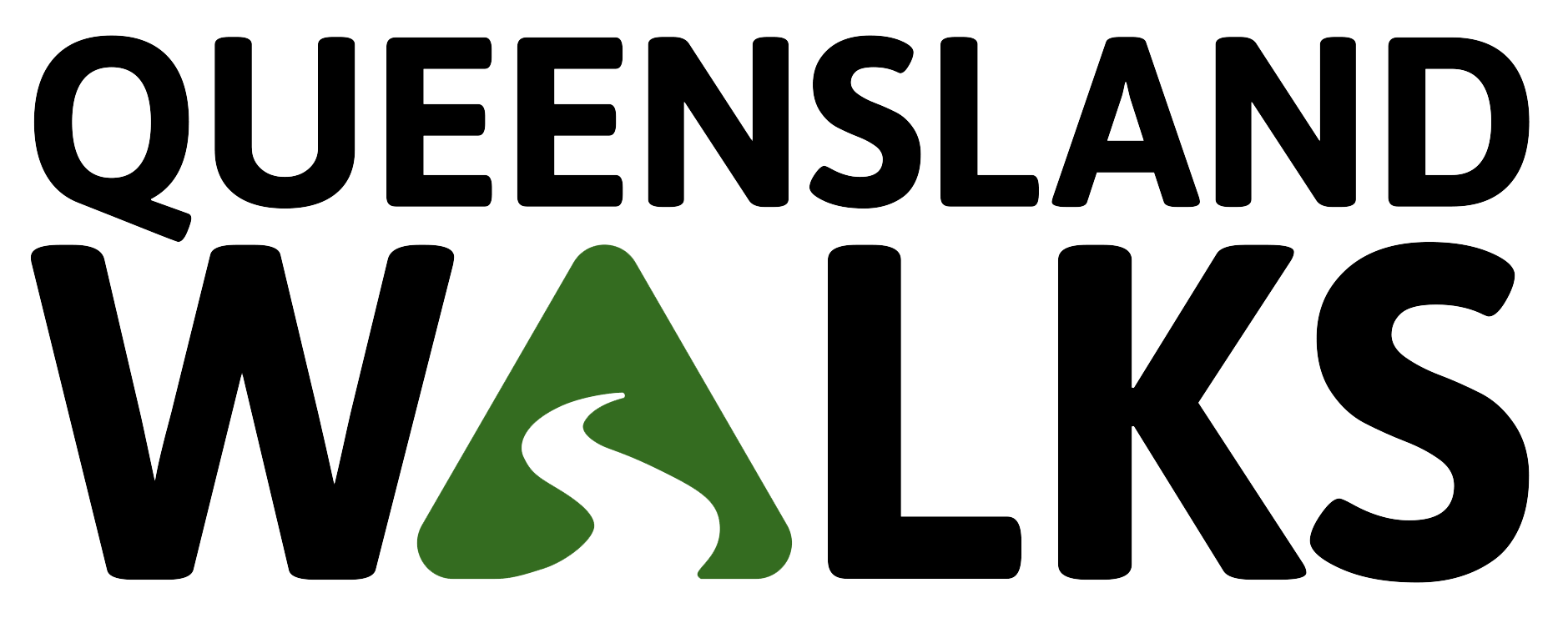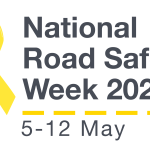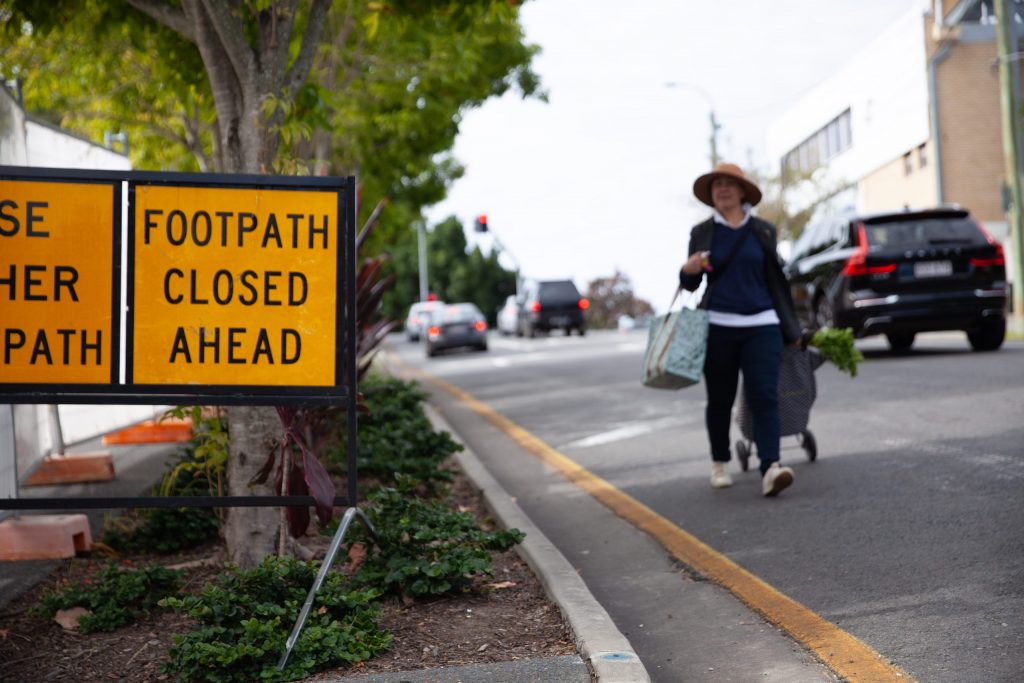Partnering for Change
Achieving change is easier if you have support from others. It can often be useful to work with others (especially with groups with similar aims) on larger or more complex issues. Other interested groups could include the local school, shops, people with disabilities, parents, and older people in your community. There may be existing groups in the community or online (Facebook or other social media) and you might be able to tap into these too.
The more people who help to make change, the more success you will have. Identify your prospective partners and discuss who you are and what your interests are. Allow your group to realise its commonalities and differences. Your role will shape the focus of the walking project. It can be useful if you have a variety of people in your group, especially if they’re experts in a relevant area (such as planning, engineering, public relations). You can always ask expert professionals to come and talk to your group.
Define the issue and your goals
Most community change begins with planning a campaign, or a project that has tangible, measurable goals and objectives. A group’s mission may be broad (such as revitalising Main Street), but the defined issue of a campaign should focus on a specific topic (Main Street is unpleasant to walk along and difficult to cross). Formulating an issue statement will build the foundation for your campaign and help you focus on achieving the overall goal of your campaign. You can create your statement by following the same steps set out in Making your case.
An ideal goal is a “SMART” goal: Specific, Measurable, Achievable, Realistic, and Timely. You can also divide goals into three types: short term, medium term, and long term. People or organisations with limited resources may focus on short-term goals but build in a long-term goal to increase capacity or to have another organization continue the effort. Once your goals are settled, you can decide how to tackle them.
Assess Your Resources and Opportunities
It’s now time to align your goals with your current resources, strengths, and opportunities. It’s also important to identify any shortcomings that may need to be addressed to make your campaign stronger and more successful. Work with your team to do this and identify where you can focus your energy for maximum impact! This will help you to set tactics and timelines for your goals that are realistic.
Communicate
Change depends on communication—talking to people, posting fliers, emailing constituents, earning press and editorials, using social media, etc.—to build support for your campaign. Effective communication depends on the message as well as the medium. You will be most successful if you can provide a comprehensive range of objective reasons that support your walking campaign. These can focus on benefits for economic development, transportation, health, recreation, and so on.
Letter template
Use our letter template to write a letter or email to your local representative.

E-petition
Use our e-petition to get other people who walk, roll and stroll interested in the changes that could be made in your neighbourhood and engaged to make change happen.
SAMPLE PETITION
Increase the budget for new footpaths and associated infrastructure
Read or Edit the PetitionDear Councillor,
We call on you to review the current budget associated with footpaths in your ward / area. Footpaths are essential for people to get where they need to go, to school, to work and to support local businesses. We noticed that there is a very well maintained road in the street, but there is no way for our community to comfortably walk. People with a disability or parents with a pram are unable to easily get to the bus stop. As such, the footpaths are not adequate in [street / town/ suburb name] . We call on you to review the current footpath budgets, and increase the allocated budget for new footpaths, and the budgets for maintenance of footpaths in response to the walking, rolling and strolling needs of your residents, and to reduce the risk of fatality and injury and the overall safety for people who walk, roll and stroll. We thank you for encouraging more people to be able to walk more every day, and allowing residents to improve their physical and mental health and wellbeing through active and healthy lifestyles. We look forward to your support for better walkability as we prepare for the 2032 Paralympic and Olympic Games.
Signatures we are trying to reach: 50
Signatures received: 2

Financial Assistance
Some campaigns require financial resources to meet more substantial goals. These funds can be used to pay for staff, materials, communication tools, etc. There are many helpful resources that can guide your efforts to raise money.
[This information is based on material from a partnership between America Walks and Sam Schwartz Engineering. Visit here for more information on the partnership.]
TIP: For most small-scale efforts, managing resources may have more to do with people than with dollars. Volunteers help with groups, write letters, attend meetings, and help with communication. Make sure your volunteers feel valued and included in the overall effort. Small tokens of appreciation, whether gift certificates, T-shirts, or shout-outs, can let volunteers know you value their efforts. Consider this a circular process of asking (for help or funds), informing people about progress and needs, involving people in the advocacy effort, and thanking people for their time or money, which then leads back to asking.
If your focus is on improving the local main street, local businesses or your local councillor might be happy to help out either financially or in kind (such as printing brochures or flyers).







